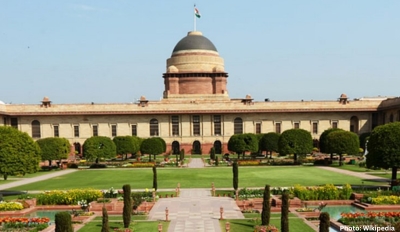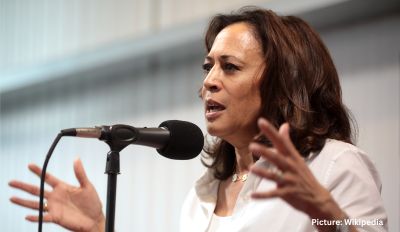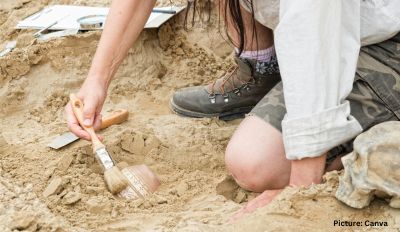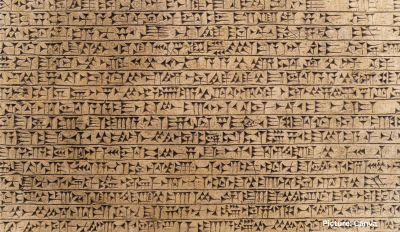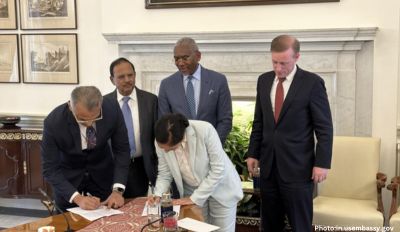The Turkish government formally converted a former Byzantine church into a mosque Friday, a move that came a month after it drew condemnation from people around the world for similarly turning Istanbul’s landmark Hagia Sophia into a Muslim house of prayer. A report stated here that Istanbul’s Church of St. Saviour in Chora, known as Kariye in Turkish, was handed to Turkey’s religious authority, which would open up the structure for Muslim prayers.
Turkish President Tayyip Erdogan reconverted the historic Chora church, one of Istanbul’s most celebrated Byzantine buildings, into a mosque on Friday, a month after opening the famed Hagia Sophia to Muslim worship. The mediaeval Church of the Holy Saviour in Chora, built near the ancient city walls of Constantinople, contains 14th century Byzantine mosaics and frescoes showing scenes from biblical stories.
They were plastered over after the city was conquered by the Muslim Ottomans in 1453, but brought to light again when – like Hagia Sophia – the building was converted to a museum by Turkey’s secular republic more than 70 years ago.Erdogan, whose AK Party is rooted in political Islam, has positioned himself as a champion of Turkey’s pious Muslims and last month joined tens of thousands of worshippers in the first prayers at Hagia Sophia in 86 years.
The move was sharply criticised by church leaders and some Western countries, who said that reconverting Hagia Sophia exclusively for Muslim worship risked deepening religious rifts.Last year a Turkish court annulled a 1945 government decision converting Chora – known as Kariye in Turkish – into a museum run by the Education Ministry.
On Friday, an edict signed by Erdogan and published in Turkey’s official gazette declared “the management of the Kariye Mosque be transferred to the Religious Affairs Directorate, and (the mosque) opened to worship.
The church was first built at the site in the 4th century, but most of the existing building dates to an 11th century church that was partly rebuilt 200 years later following an earthquake.
The church, situated near the ancient city walls, is famed for its elaborate mosaics and frescoes. It dates to the fourth century, although the edifice took on its current form in the 11th–12th centuries. The structure served as a mosque during the Ottoman rule before being transformed into a museum in 1945. A court decision last year canceled the building’s status as a museum, paving the way for Friday’s decision.
Erdogan’s edict on Friday did not say when the first Muslim prayers would be held at Chora, or what arrangements would be made for the Christian artworks there. At Hagia Sophia, curtains have been drawn in front of an image facing worshippers of Mary and the infant Jesus.
And as with the Hagia Sophia, the decision to transform the Chora church museum back into a mosque is seen as geared to consolidate the conservative and religious support base of Erdogan’s ruling party at a time when his popularity is sagging amid an economic downturn.
Greece’s Foreign Ministry strongly condemned the move, saying that Turkish authorities “are once again brutally insulting the character” of another UN-listed world heritage site.
“This is a provocation against all believers,” the Greek ministry said in a statement. “We urge Turkey to return to the 21st century, and the mutual respect, dialogue and understanding between civilizations.”



